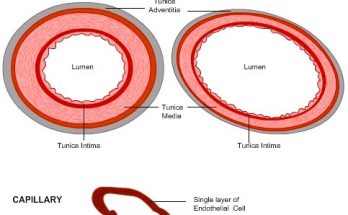Salivary Glands Diagram
The salivary gland diagram provides a clear visual representation of the major salivary glands: parotid submandibular, and sublingual. Neatly labeled and easy to draw, this diagram helps you understand their anatomical location and functions. It is a valuable teaching tool for studying the important role of these glands in saliva production and oral health.
Salivary Glands Diagram Read More